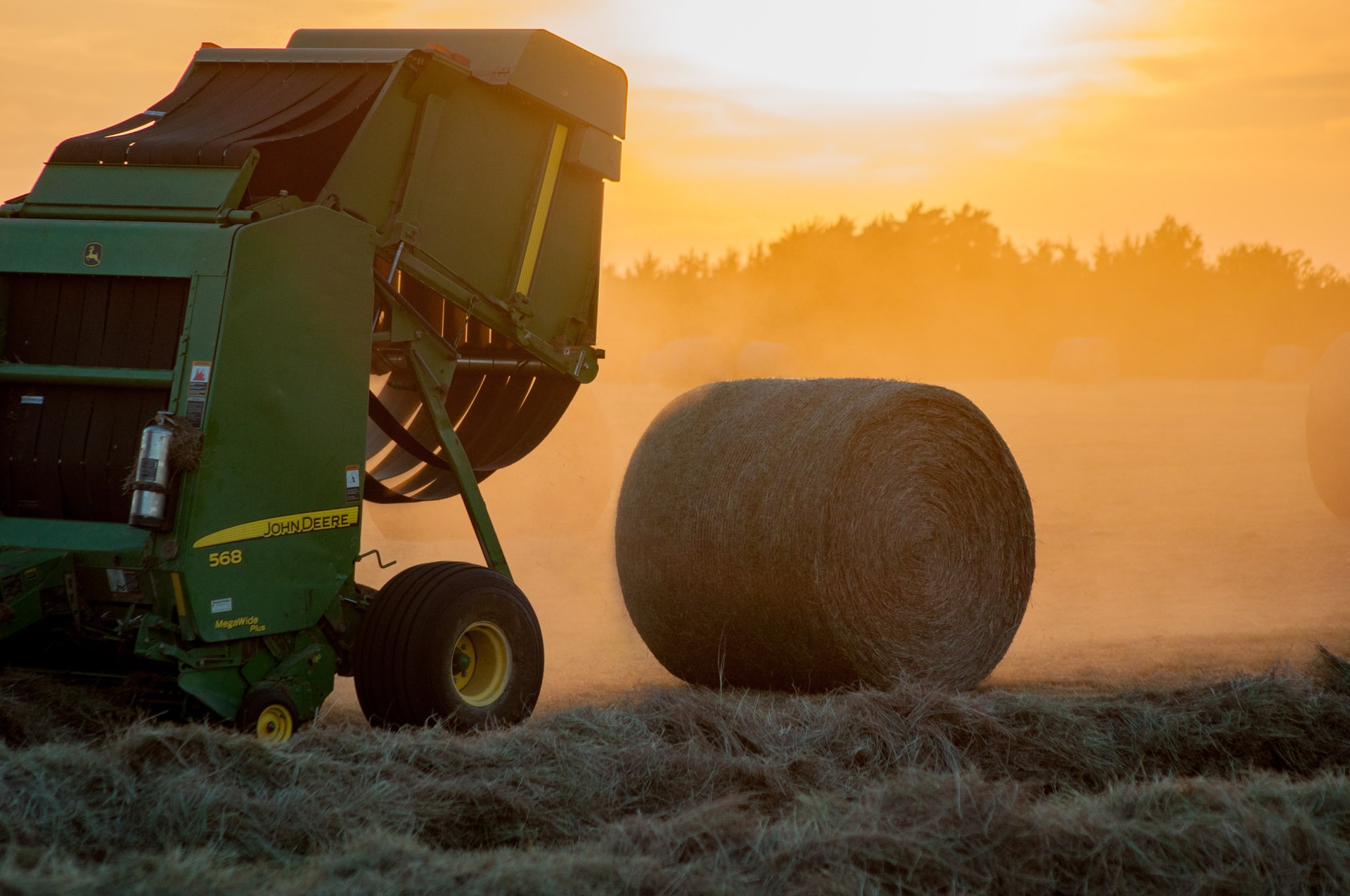What is a Baler Safety Checklist?
A baler safety checklist guides operators, so they comply with safety regulations to prevent workplace hazards. They also use it to assess the working condition of a baling machine. It guides operators to identify issues that might be present in the different parts of the machine, including chains, plunger head, twine knotter, and other miscellaneous parts. By determining which part needs repair or replacement, they can apply the appropriate corrective action.
It is imperative that operators follow the safety checks indicated on the template. Any untrained personnel who tries to operate it puts themselves at risk of serious accidents or injuries. Proper training should be given to someone who will be tasked to operate the baler.
The same risks also apply if safety protocols are not followed prior to the operation. Operators, no matter how experienced they are, should ensure that these safety checks have been conducted prior to operating the machine.
How to Prevent Baler Operation Injury?
When powerful equipment like balers is incorrectly used, accidents happen, and people get injured. However, most of these accidents and injuries are preventable.
To ensure the safety of their workers, companies should emphasize the importance of following safety tips for operating a baling machine.
Train operators
Baler operators need to have proper training by qualified personnel before using the baling equipment. The training includes procedures, policies, and safety precautions. Training for each operator should be documented.
Wear appropriate PPE
Operators should never operate the machine without wearing the proper protective equipment, including gloves, hard hats, safety glasses, steel-toed shoes, and earplugs.
Power down the machine when clearing jams
The most common injury involves operators trying to clear jams without turning the machinery off. The jam might stop the ram motion, but the baler is still on and could reactivate anytime once the jam is cleared. Disconnecting the machine’s power supply before clearing the jam is essential.
Turn baler off when not in use
To prevent untrained personnel from using the machine, operators should turn off and remove the key from the switch when they’re not using the baler.
Conduct regular inspections
Perform a complete inspection before using the baler machine to identify any potential safety issues. Checkups should include inspecting electrical panels for any damage or debris, leaks in hoses, and signs for cracks and signs of wear in the equipment.
Place clear warning signs
Ensure that warning labels are present on baling equipment. They should inform operators of automatic operation, maximum operating loads, high voltage, and more.
How to maintain a baler properly?
Machine maintenance is an essential part of safety. If the equipment is maintained regularly, half of the risk hazards are eliminated. Below are some tips you might find in your baler safety checklist:
Refer to the manufacturer checklist
Refer to the maintenance checklist from the original equipment manufacturer (OEM) for inspections and maintenance tasks that need to be done regularly on a monthly, quarterly, and annual basis. Operators
need to be aware so that they won’t exceed the operating hours specified by the manufacturer.
It is advisable to conduct a visual inspection every 1,000 hours of operation to ensure there’s no fluid leak and all safety stickers are in place.
Guards and safety switches must also be inspected to ensure they are in place and working properly. It will help prevent unnecessary shutdowns that will cause downtimes.
Perform general housekeeping
Remove debris in and around the baler. Pay attention to the area behind the rams, oil cooler, and sensors. Keeping these areas clean prevents overheating and reduces the possibility of oil contamination.
Have an oil maintenance program
Oil is the lifeblood of the baler, and neglecting its care can cause serious damage to the equipment. Get an oil sampling every 1,200 hours of operation and have it analyzed by a reputable oil analysis company.
If the analysis report shows water contamination, you have to identify the cause and origin. Also, contact the manufacturer to find out the possible issues and failures that might result in the contamination.
Check shear blade clearance
Make sure the shear blade clearance follows the manufacturer’s specifications. Excessive shear clearance can damage the knife beam frame and cause structural damage.
If it’s out of tolerance, shim the shear blade to return it to specification. If the clearance does not improve after adjustment, check the liners inside for signs of wear.
Inspect all the parts
Liners and auto tiers need checkups every 1000 – 1500 hours of service to determine if they should be repaired or replaced. The materials being baled affect how often the liners will be replaced.

Prevent injuries and reduce risks during a baler operation with a powerful tool
Conducting paper-based safety inspections in your workplace can be time-consuming and inefficient rather than helpful in taking meaningful action. It is cumbersome for leaders to systematically collect and share data using this process and update it regularly.
Using a mobile app and desktop software like Lumiform assess the readiness and condition of the compactor machine to protect employees from unnecessary incidents and make the process more reliable. Everything can be controlled and stored centrally through one system..
Checklists and information can be accessed at any time and from anywhere:
- Baler safety checklists are carried out approximately 30%-50% faster, depending on the application.
- The form builder from Lumiform helps you to convert any individual paper list into a digital checklist without much effort.
- In addition, we offer more than 12,000 templates in our library to help companies get started digitally in no time.
- All results, images and comments are automatically bundled in a digital report.

